

33b
Carrier frequency equipment
[Trägerfrequenzgeräte][BF-utstyr]
33a Radio link equipment
r31 telex equipment
r32 telephone equipment
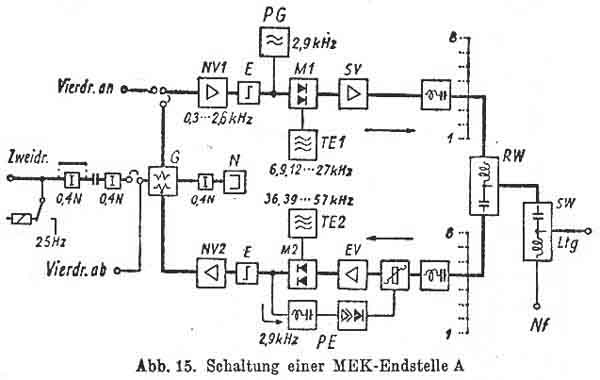
MEK8, 8-voice-channel system (AEG)*
Schaltung einer MEK-Endstelle-A
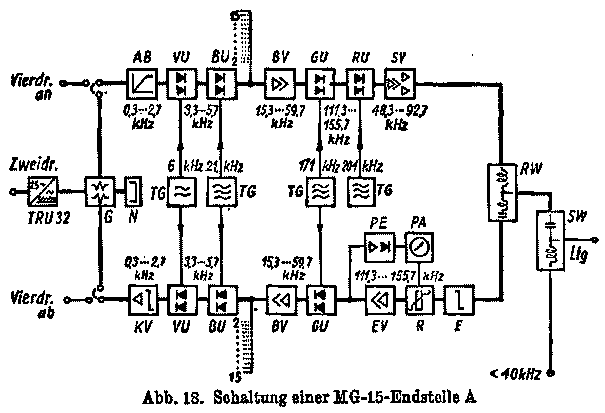
MG15, 15-voice-channel system (Siemens&Halske)*
Schaltung einer MG-15-Endstelle-A
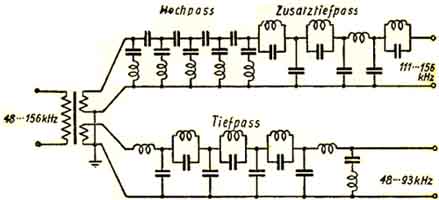
Weiche für MG15
S&H MG15.
15-Kanal-Trägerfrequenzgerät für 15 Gespräche (300-2700Hz),
zuerst umgesetzt auf das Band 15-60kHz und dann gruppenweise auf
die Frequenzlagen 48,3-92,7kHz für Richtung A-B bzw.
111,3-155,7kHz für Richtung B-A, einschließlich der entspr.
Rückumsetzungsschaltung. [Fritz Trenkle: Die dt.
Funknachrichtenanlagen bis 1945, Band 2, S.139]
It seems to be confirmed that it was
15-channel carrier frequency connection using the MG15 equipment
on coax-cable between
Hirtshals-Arendal and Hanstholm-Kristiansand.
Further information indicates that it has been a carrier system
between Stavanger and Oslo, while the map from FMU
(Forsvarsmuseet) shows the line between Flekkefjord and east of
Arendal. Since none of these places has little arguments for
being close the end. It is very likely that the telephone wire
system partly followed the railroad between
Stavanger-Kristiansand-Arendal-Kongsberg, with the submarine
cable to Denmark (Hirtshals) from Stölsvika/Arendal.
Trägerfrequenzgerätes b - Tfb1 und Tfb2 (German WWII single channel carrier frequency
equipment)
Brukt i Televerket inntil ca 1976. Problem var at
båndbredden bare var 1,8kHz(?). Kom over 2 stk i Bergen, men de
ble
dumpet før jeg fikk tillatelse til å få de, mere moderne
versjon fra LME med 6AQ5/EL90 rør som 1-kanal BF.
På sjøkabel til Masdalen gikk det på 2 kabelpar en 1-kanal, en
3-kanal og en 12-kanal, dette ble regnet som et kunststykke,
teoretisk sett ikke mulig mente man.. Norsk Telemuseum har mange
forskjellige varianter
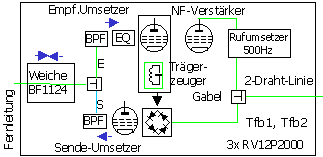
Trägerfrequenzgerätes b - Tf.b. 1 / Tf.b. 2
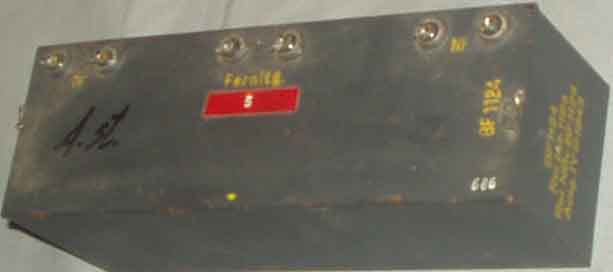 |
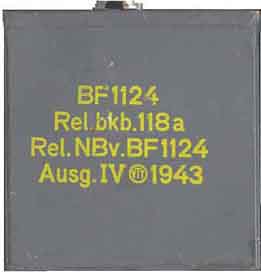 |
Weiche für Tf.b (?)
BF1124, Rel bkb.118a, Rel.NBv.BF1124, Ausg. IV
1943
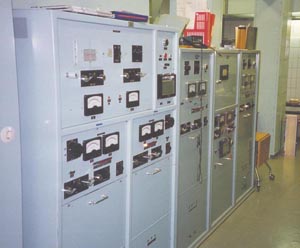
Later 480-channels submarine cable systems to Denmark and
England, power feed units (main/protection)
Believe they were made sometime in the early 70's. The German
8-channel submarine systems - between
Hanstholm-Arendal and Hanstholm-Kristiansand - were later
upgraded to 60-channels, but had no submarine
cable amplifiers and could not handle so much traffic.The old
German coax-seacables were in service until 1986(?).
TF-429
Träger Frequenz Geräte
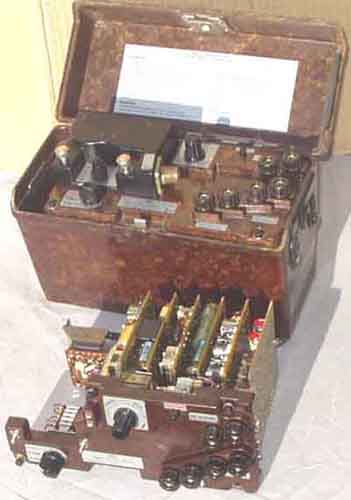
Single-channel carrier frequency unit TF-429. Probably built by
Felten & Guieaume around 1965-66, it is driven from a 6V
battery or 24V external source and transistorized. TF-Gerät 1 -
Kanal TF429, FGF Typ: 6-231-373.01. It has semiconductors (OA85,
OC72, but also more modern diodes),components are mounted on
printed circuit boards, some capacitors are marked
"5-65", so it is probably manufactured around 1965-66.
One unit had instructions in German, another had in Norwegian.
Probably used by the army, because otherwise I would have seen
them at work in Norwegian telecomms.
pg. r32:
Telephones
pg a14 Sjøkabler til utlandet og telekommunikasjon i
Aust-Agder (Sub-sea cables)
Litteraturhinweise:
*Handbuch für Hochfrequenz - und
Elektro-Tekniker, I. Band (1952):
Verlag für Radio-Foto-Kinotechnik GMBH, Berlin-Borsigwalde:
Übertragungstecknik auf Fernmeldeleitungen (S.488-514)
**Fritz Trenkle: Die deutschen Funknachrichtenanlagen
bis 1945, Band 2 "Der Zweite Weltkrieg",
13.8 Zusatzgeräte für Funklinien (S.139)
Back
updated: 2004.09.30